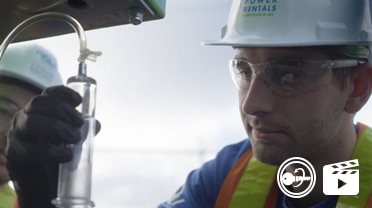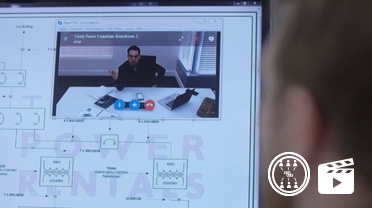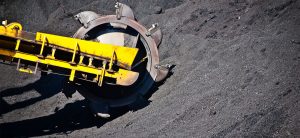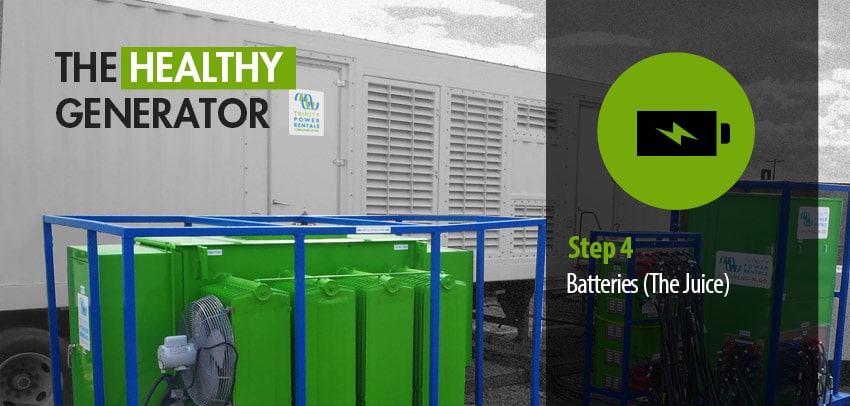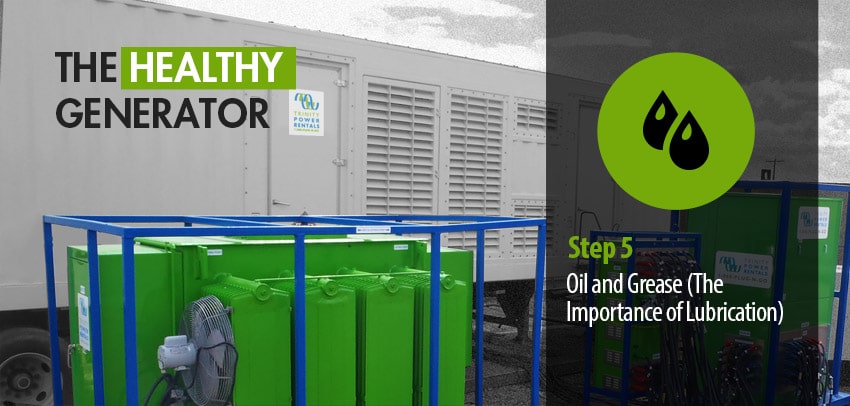- OUR APPROACH
-
COMMITTED TO YOUR SUCCESS
Our approach, developed over decades of experience, is fine-tuned to get the results you want.
We deliver concept-to-completion solutions, designed by temporary power specialists with access to the largest inventory of high-quality power generation and distribution equipment in North America.
-
- Equipment
-
RENTALS
From a wide range of diesel and natural gas generators to transformers, cable, light towers and more, our large rental fleet and extensive vendor network ensure we’ll have the temporary power equipment that your project requires — every time.
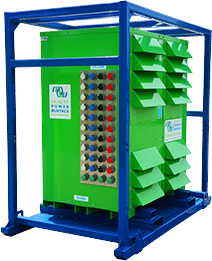
-
- Industries
-
INDUSTRIES WE SERVE
For nearly 20 years, we have been at work powering projects across Canada’s industrial sectors.
Select from this sampling of industries to learn how we can put our expertise to work for you.
VIEW ALL- Projects
- About
-
A PROUD HISTORY. A BRIGHT FUTURE.
From our inception in 1998, we have been building our team on a foundation of excellence. Our team members’ passion, expertise and commitment are what have allowed us to grow into a national company with projects across Canada.
Click on the links to learn more about our history, our team or our career opportunities.
- Blog
- Contact
-
According to the British Columbia Exploration and Mining Summary for 2013, the value of mining production in the area has been estimated at about $8.0 billion, making it a prime economic driver for the province. In addition, British Columbia is the nation’s leading producer of copper and Canada’s only producer of molybdenum, among its leading positions in coal, industrial minerals, gold (particularly in the Prince George area), zinc and lead production [1]. With 27 mine proposals at year end, clearly, the mining sector is booming and mines’ management across the province are looking for ways to increase productivity even further and secure higher profits.
One of the factors playing a major role in the industry’s specific model of operation is optimizing downtime, as it may be the single largest cost associated with mining. Unlike that of smaller manufacturing plants, a mine’s maintenance planning, scheduling and execution may lead to astronomical financial losses if handled haphazardly or inefficiently.
Types of Mine Equipment Maintenance Methods
Since component failure is inevitable in the mining industry, there are three ways of maintenance planning to remedy this:
- Reactive – More accurately described as “crisis management,” this method of maintenance planning is reserved for the cases when a problem has already occurred. Since repair is only performed after failure, the costs may add up to over 8 times more than if downtime had been scheduled ahead of the equipment failure. In the cases of larger equipment, such as haul trucks, walking draglines or electric rope shovels, replacement parts take a while to procure and the repair process is lengthy enough to cause significant delays in production schedules.
- Preventative – Depending on the piece of equipment or system, preventative maintenance steps are taken rather frequently, as often as every 200 to 500 hours of equipment operation [3]. Preventative measures are planned in nature and include partial or complete overhauls, periodic lubrication, filter and oil changes, etc. aimed at extending the equipment’s useful life. A good preventative program begins well in advance of the actual maintenance through regular inspections [3].
- Predictive – Based on careful monitoring of equipment performance and operation hours, a mine’s management strives to further lower downtime costs, associated with preventative maintenance through performing condition-based maintenance on an as-needed basis, thus avoiding unnecessary work.
A balanced preventative and predictive maintenance approach, which aims to maximize equipment availability and limit the impact on the production schedule, as well as minimize the associated costs, is essential to the cost-effective and operation-efficient mine management.
Reducing Downtime through Preventative Planning and Scheduling
In order to limit downtime of mining equipment and make effective use of the mine’s resources, all maintenance procedures need to be first planned and then scheduled. There are a number of factors contributing to the success of this process.
Designating a trained planning resource is a key step in approaching the maintenance process strategically. The professional experts involved in it should spend about 75% of their time planning ahead to minimize downtime time and costs through establishing a critical work order list [2]. A work order needs to be a detailed plan identifying the necessary materials, skills, outlining technical and job instructions, estimating time and cost, as well as a compiling a detailed safety assessment, determining possible physical constraints to execution, etc.
Setting priorities based on backlogs is vital in enabling an efficient planning and scheduling process. Ideally, the backlog size is two to five weeks of production work history. A shorter period backlog may indicate that the maintenance approach is becoming reactive, while a longer one will cause inefficiently long downtime. When the work orders are established based on the backlog, it is crucial to prioritize those based on criteria both management and operations agree on. Involving both management and operations in the process is instrumental since both teams need to share the same vision of long-term reduction in downtime and increase in output.
Procuring a reliable temporary power solution is yet another aspect of quality downtime planning and scheduling. Due to remote locations, challenging environments, bureaucracy and restrictive regulations it may be hard for a mine to obtain a power source from a traditional utility to efficiently handle planned downtime. Since scheduled maintenance is often associated with elevated power consumption and either availability from a power grid is limited or transmission lines are not properly energized yet, establishing a working relationship with a temporary power service provider with specific mining experience is critical.
Conclusion
A mine manager should not adopt a reactive approach to downtime in order to minimize downtime and spare costs. A well-planned preventative maintenance schedule may be instrumental in reducing downtime. Its success relies majorly on the combined efforts of both management and operations teams, a trained executive team, careful prioritization and procuring necessary resources, such as a reliable source of power, in advance.
References:
[1] British Columbia Provincial Summary. Exploration and Mining. Vancouver: BC Central Credit Union, 2013. Web. [2] Idhammar, Tor. “Reduce Downtime with Improved Planning and Scheduling.” International Mining Mar. 2012: 112-13. Web. [3] Goodbody, Ailbhe. “Smooth Operations.” Editorial. Mining Magazine 22 July 2013: n. pag. Web
Related Articles
Subscribe for access to exclusive content
